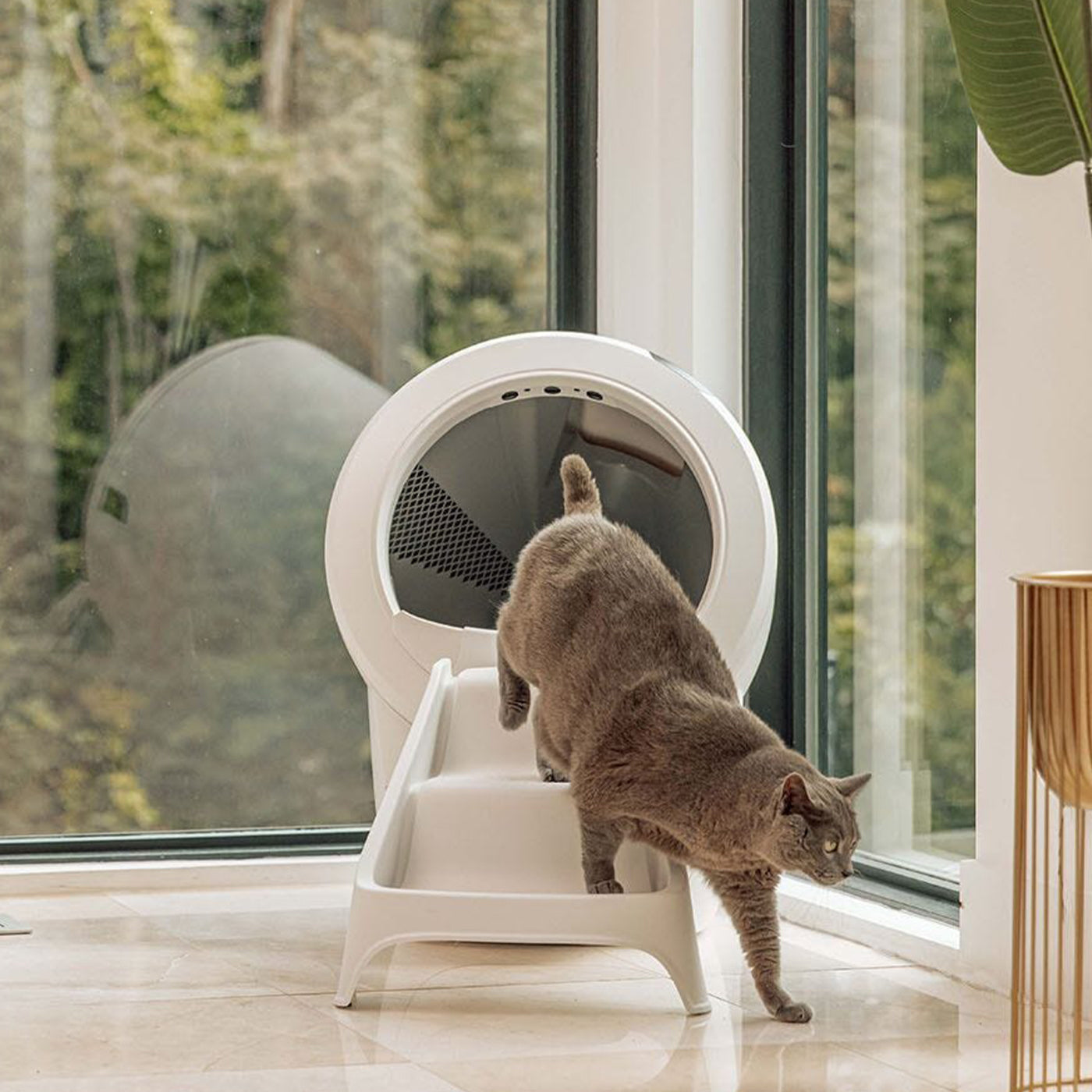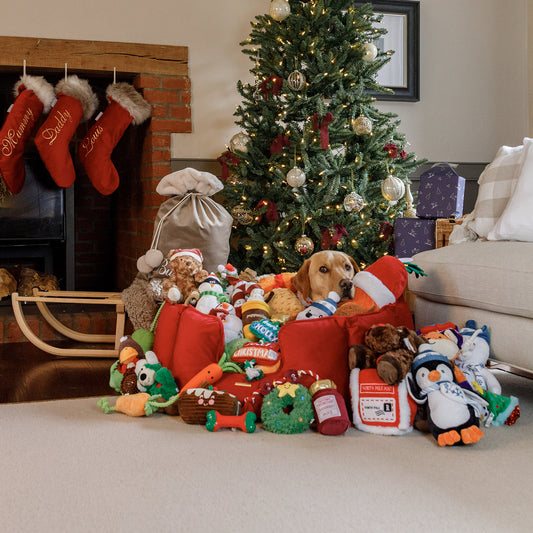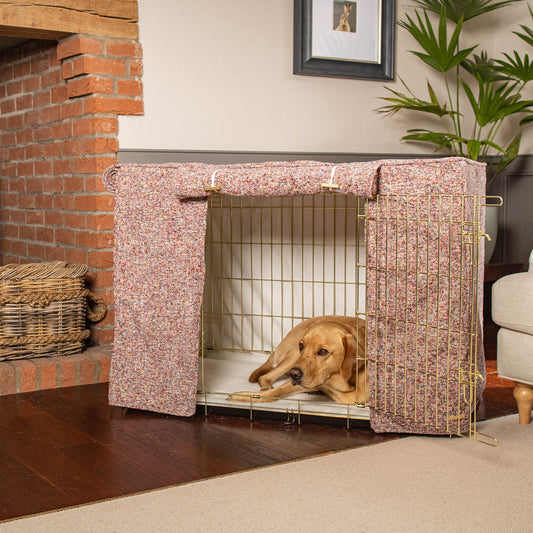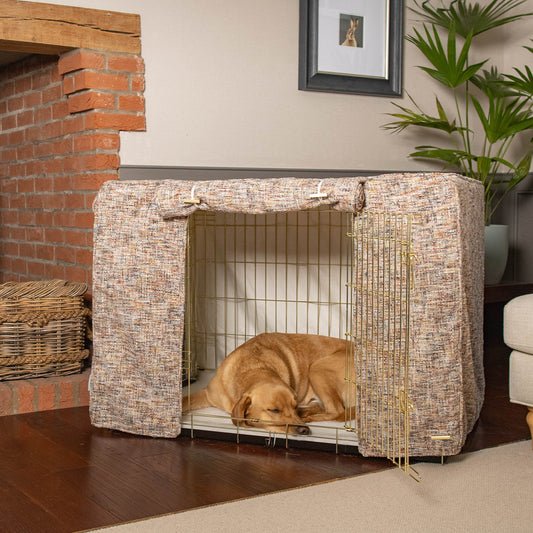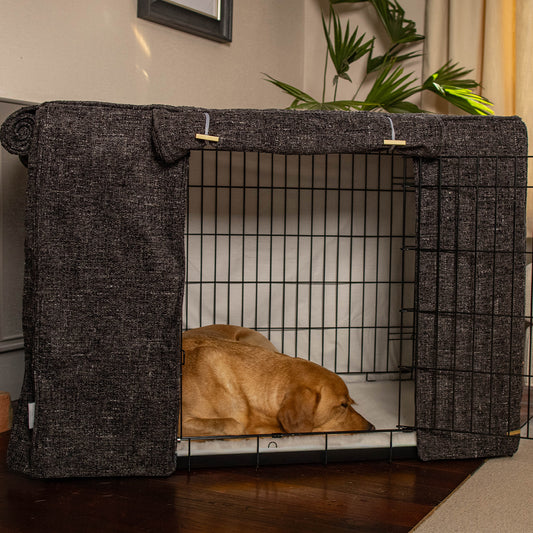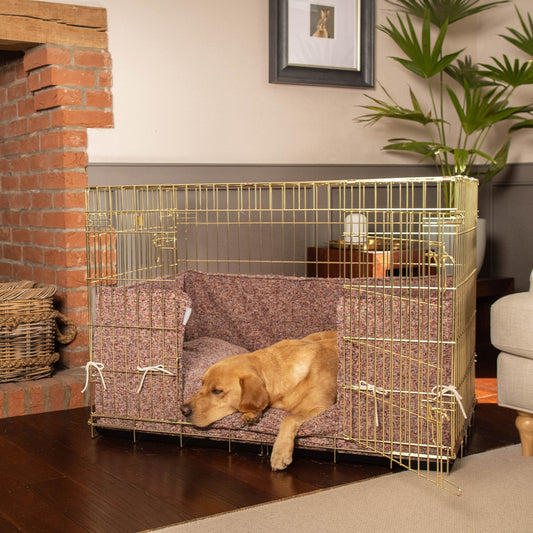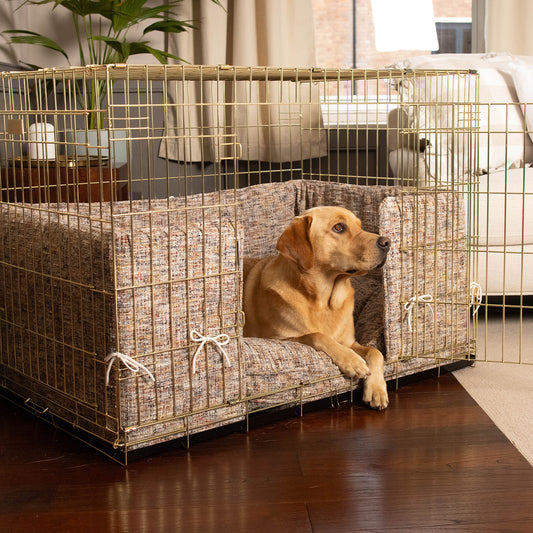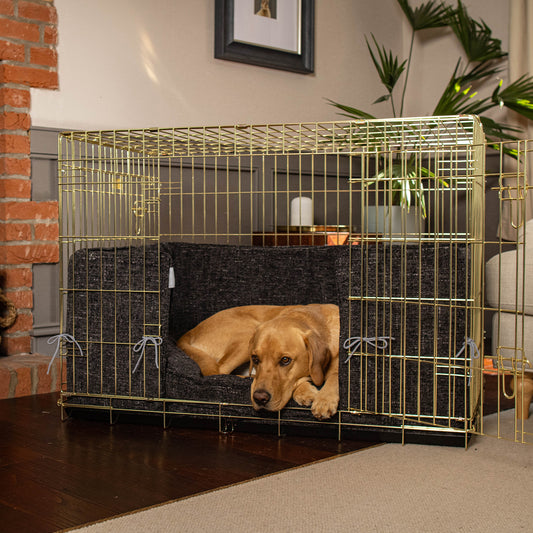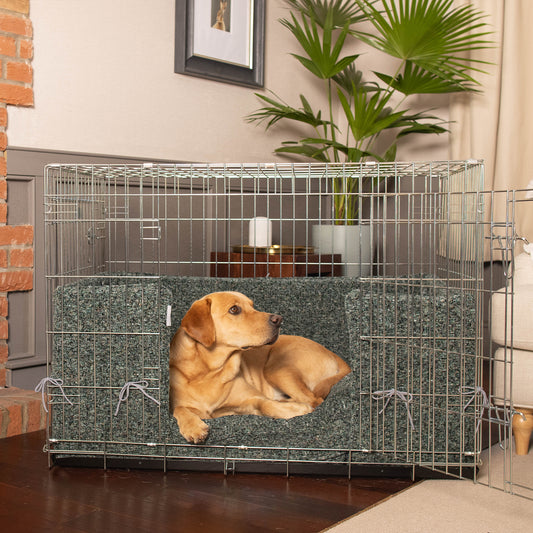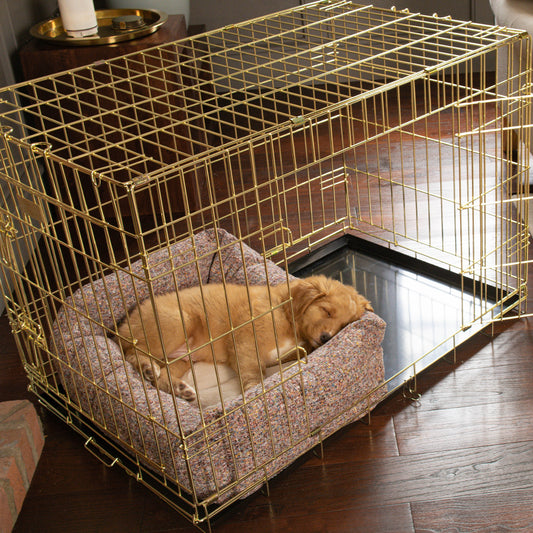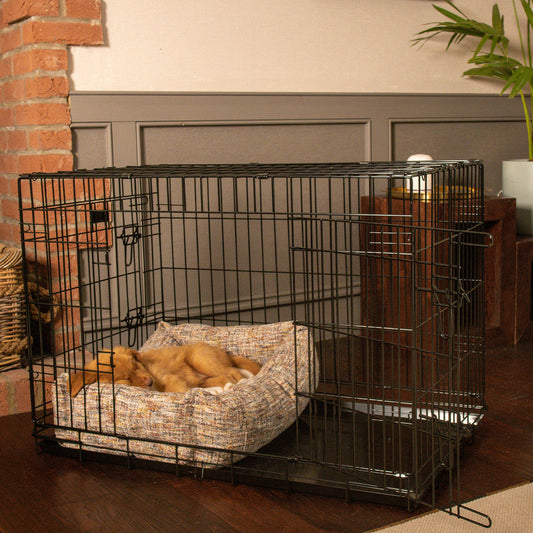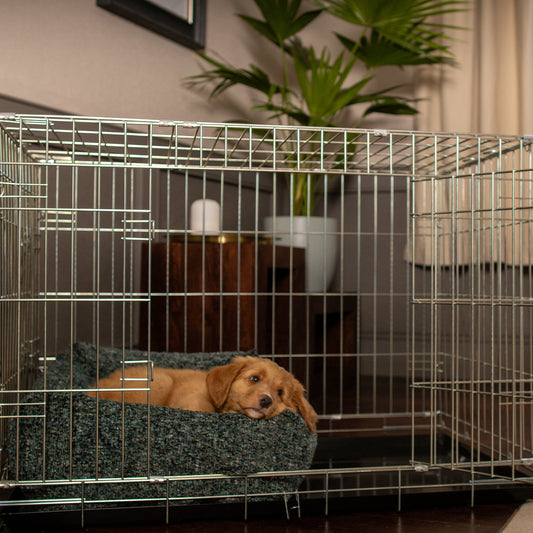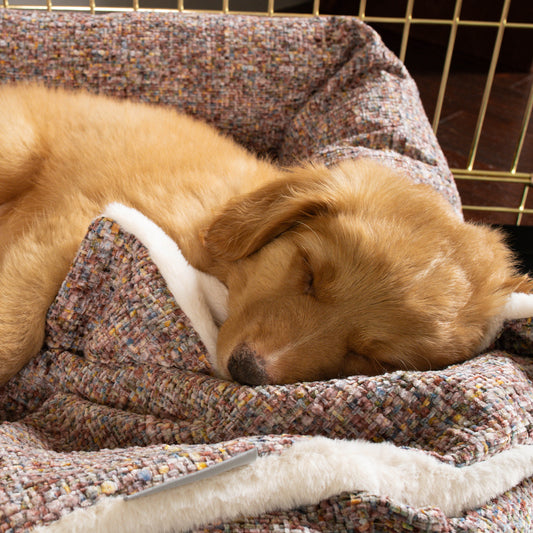Surprisingly, your dog digging their bed is a totally natural instinct - in the wild, your clever pooch would hide in a comfortable area to make sure they were protected when going to sleep. Often this would include digging a hole so they could hide from predators whilst keeping warm and dry. Whilst your pup may not have ever lived in the wild, their instinct still may be to dig at their blankets and bedding to create this protected space.
How To Stop A Dog From Digging Their Bed
It’s good to know it’s natural for your dog to ‘dig’ their bed, they may do this for a number of reasons, for their body temperature, to hide, and to even create a comfy bed space for them. As the behaviour is instinctual, you may not be able to stop the digging all together, but rather redirect this behaviour. Create an area just for your pup, encourage them to only dig in their bed, you may want to add a few blankets into their bed to provide them something to dig. Note if your dog is digging when they’re too warm - they may just be looking to cool themselves down. Make sure you have a space for them to get cool (like adding a fan to cool and circulate the air), to increase your dogs comfort.
Why Do Dogs Mess Up Their Beds?
Not only does your pooch dig their bed for their own shelter, but they may be messing up their beautifully set bed for a few other reasons. If you have any other animals in your home - such as a pet cat - them digging at their bed will secrete a distinct pheromone which will mark their bed as their own. Another reason may simply be down to curiosity - by digging their bed, they may simply be scoping out what is hiding under the cushions of their bed. Often your pooch may find an old toy of theirs or left over food/treats, once they’ve noticed these, they may dig to try to reach it, or even to re-hide it. If your pooch and their digging becomes compulsive, and even seems to be winding them up, this may be a sign of some underlying anxiety. If you’re worried, it’s best to contact your vet.
How To Calm A Dog Down For Bed
Introduce them to their safe, cosy space and set a bedtime routine you follow every evening, this will help your pooch relax and unwind when they know it is bedtime. Similar to humans, a safe, comfortable bed will make them feel relaxed and secure enough to drift off to sleep. Give them a stroke as your repetitive soothing touch can relax them enough to sleep. It might be helpful to put on some soothing music for your pooch, streaming services often have ready made dog-friendly playlists that are specifically produced to make your dog feel more calm.
Should I Give My Dog A Treat Before Bed?
If you feed your pooch a treat, make sure it is a small, ‘night time/bedtime’ treat. The time of day matters when feeding your pooch, so make sure you’ve fed them at least 3 hours before bedtime and make sure they’ve relieved themselves before bed. Often, giving your pooch a treat at bedtime will give them something to look forward to and will help build a routine around bedtime.


























































